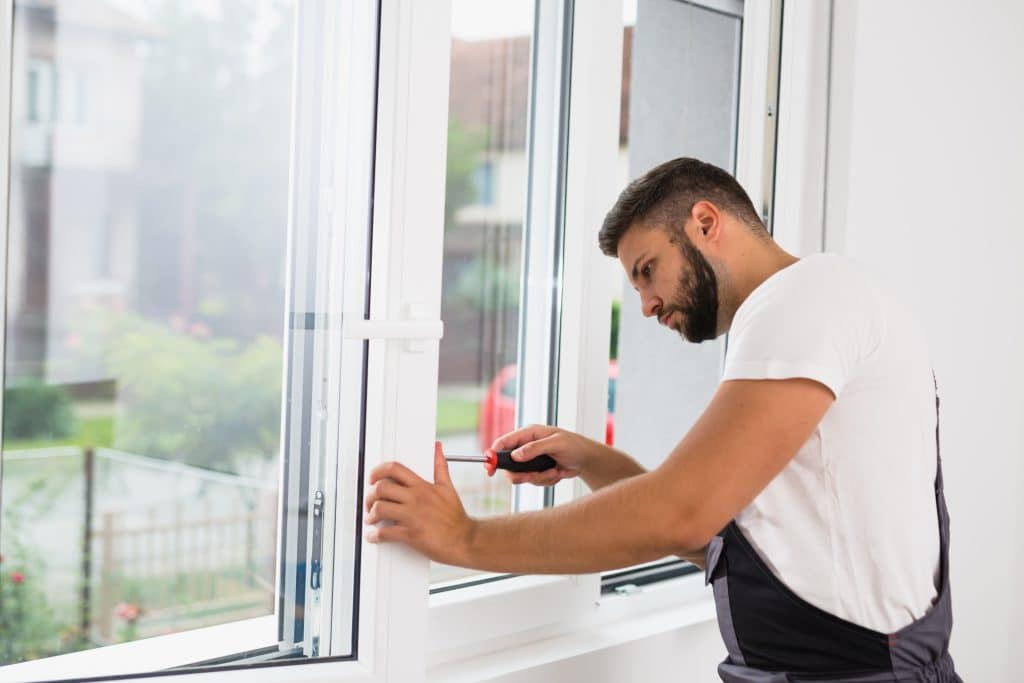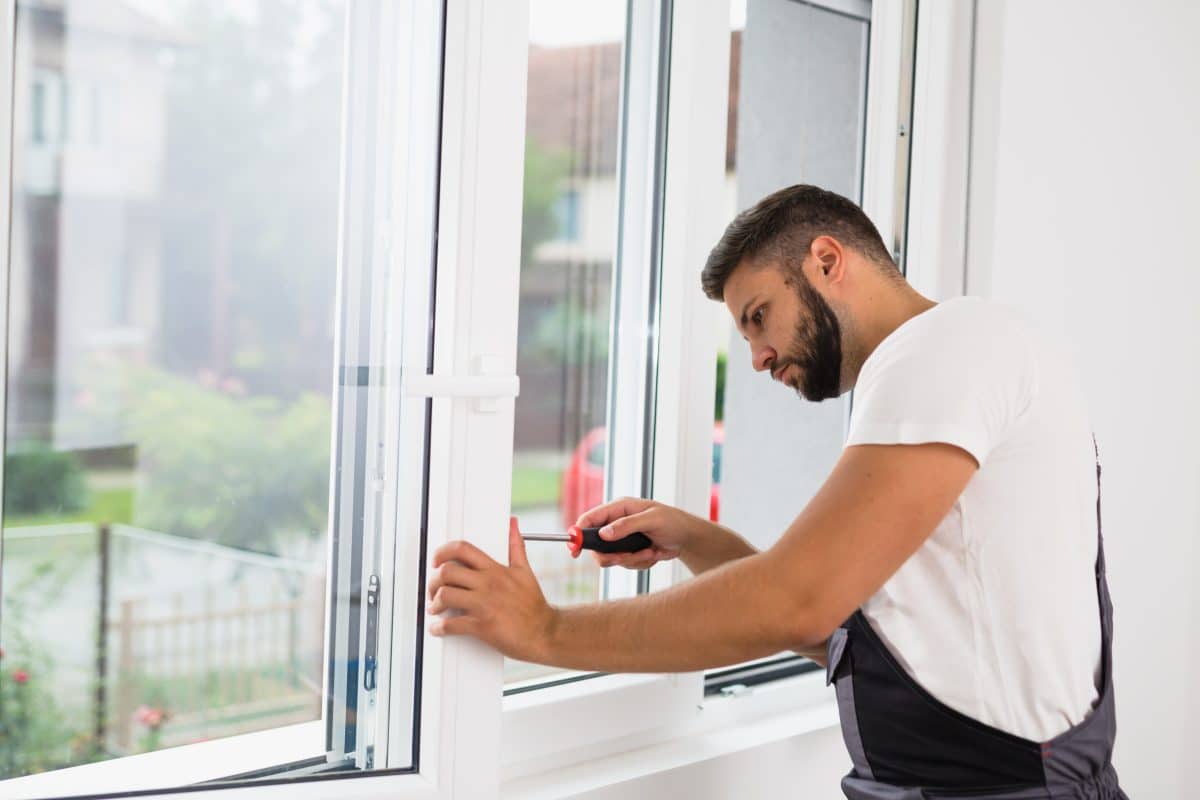The Best Window Styles for Storm Protection Without Losing Energy Efficiency

In Dallas-Fort Worth, homeowners typically rank heat as the top challenge for their windows, and they’re right. When you’re shopping for replacement windows, insulation should be your primary consideration.
However, that doesn’t mean other factors aren’t important. Considering strength and durability when choosing replacement windows is a good idea, because North Texas storms can bring strong winds, sudden pressure changes, and hail that can damage older glass and frames.
The good news is you don’t have to choose between efficiency and resilience. Modern window designs combine energy efficiency with the resilience needed to handle Texas weather.
What North Texas Storms Mean for Your Windows
North Texas is no stranger to sudden weather. Severe thunderstorms, hail, and high winds can strike in spring and fall, while summer often brings fast-moving heat-driven storms. Even in winter, strong cold fronts and freezing rain test the strength of windows.
It would be an overreaction to suggest that all your home’s windows are just one storm away from being destroyed, but there are legitimate things to worry about:
- High winds test how well frames hold seals.
- Hail impacts are a leading cause of cracked or broken glass in DFW.
- Wind-blown debris can strike panes and stress frames.
- Sudden pressure changes during severe weather can stress and potentially compromise seals.
Older single-pane or poorly sealed windows are most vulnerable. Modern insulated glass and reinforced frames perform much better under both everyday heat and storm conditions.
Glass Packages That Deliver Efficiency and Strength
The heart of an efficient, durable window is its glass. Several features improve both storm resistance and energy savings:
- Insulated glass units (IGUs): Double-pane or triple-pane glass adds strength and lowers energy transfer. More panes mean more resistance to both heat and impact.
- Tempered glass: Four times stronger than standard glass and, if broken, shatters into small pieces instead of sharp shards, making them much safer during storms.
- Laminated glass (optional upgrade): A plastic interlayer holds the pane together even if it cracks, similar to car windshields. It resists penetration from hail and debris and adds security against forced entry.
- Low-E coatings and argon gas: Reflect heat and slow thermal transfer. These features don’t weaken the glass; they enhance efficiency without compromising durability.
For most DFW homeowners, IGUs with Low-E coatings provide plenty of strength for everyday storms. Although homeowners on the Gulf Coast should consider laminated glass, it’s not a top concern in North Texas. Still, if you are concerned about glass breakage or break-ins, laminated glass can be a worthwhile upgrade.
Frame Materials That Hold Up in Texas
The frame is just as important as the glass. Weak frames let in air and water during storms, which also means higher utility bills year-round.
- Fiberglass frames: Extremely rigid and stable. They expand and contract at nearly the same rate as glass, so seals stay intact longer. Fiberglass resists warping in the Texas sun and stands up well to pressure during storms.
- High-quality vinyl frames: Affordable, efficient, and resistant to rot. When reinforced and made with UV-stable resins, vinyl performs well in both heat and high winds. Lower-quality vinyl can warp, but premium products are engineered to last in harsh climates.
Window Styles That Combine Strength and Efficiency
Some window designs naturally perform better under pressure and in sealing out the elements:
- Casement windows: Hinged at the side and cranked shut, casements press tightly against the frame when locked. This makes them one of the most airtight and storm-resistant designs available.
- Fixed or picture windows: With no moving parts, fixed panes are extremely strong, efficient, and resistant to pressure changes. They’re ideal for large openings or views where ventilation isn’t a priority.
- Sliding windows: More compact than double-hung windows and efficient when built with quality frames. While not as airtight as casements, they’re practical for modern homes and withstand storms well when properly installed.
When Upgrades Are Worth Considering
Not every home needs the most storm-hardened glass, but upgrades can be a smart investment in specific situations:
- Homes in open or unshaded areas where wind and hail hit with full force.
- Large glass surfaces facing south or west that absorb both heat and storm exposure.
- High-value remodels where long-term durability and resale value are priorities.
Targeted upgrades, such as laminated glass in certain rooms, can provide peace of mind without adding unnecessary cost throughout the entire home.
Why Replacement Window Efficiency and Durability Go Hand in Hand for DFW Homes
There’s no trade-off between energy efficiency and storm protection. The same features that make a window efficient, like tight seals, multiple glass panes, and durable frames, also make it more resilient when severe weather hits. In practice, investing in efficiency automatically improves storm performance.
If your current windows are drafty, faded, or vulnerable to hail, it may be time to upgrade to modern designs that offer better performance on both fronts. At Window Zone, we offer a full range of window styles, including casement, sliding, picture, and custom windows that are engineered to save energy and withstand North Texas weather.
Contact Window Zone at (469) 557-6333 for a free consultation or to learn more about our replacement window options.

